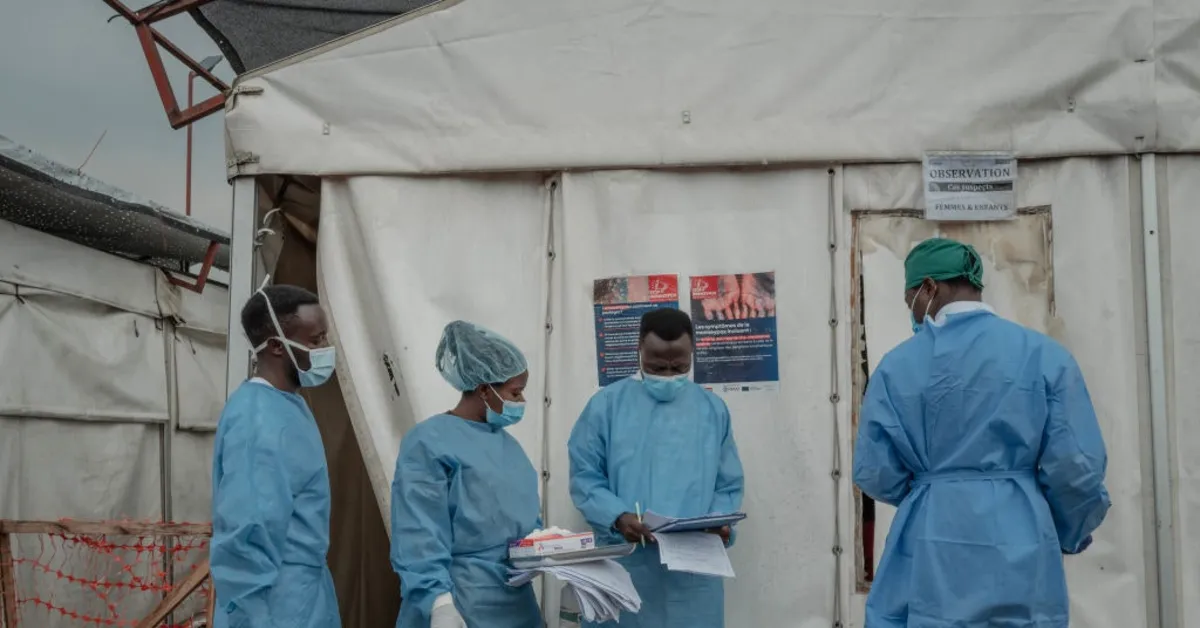
A mysterious disease exhibiting Ebola-like symptoms has surfaced in the Democratic Republic of the Congo (DRC), causing widespread concern among health officials. The World Health Organization (WHO) reported that the disease was initially detected on January 21. Over the past five weeks, hundreds of individuals have been infected, and more than 50 people have died in the northwest region of the country.
Health officials are yet to determine the cause of the disease. Initial investigations suggest that the outbreak began in the village of Boloko, where three children died shortly after consuming a bat carcass. The symptoms observed in the infected individuals include fever, headache, diarrhea, nosebleeds, vomiting blood, and general bleeding. These symptoms are similar to those caused by viruses like Ebola and Marburg. However, tests conducted on more than a dozen samples from suspected cases have ruled out these pathogens.
In early February, health authorities recorded a second cluster of cases in the village of Bomate, located several hundred kilometers from Boloko. At present, there is no known link between the two clusters. As of February 15, the WHO reported a total of 431 suspected infections, including 53 deaths. In most instances, the interval between the onset of symptoms and death was only 48 hours.
Samples from 18 cases have been sent to the National Institute for Biomedical Research in Kinshasa, the capital of the DRC. These samples tested negative for the most common pathogens associated with hemorrhagic fever symptoms, although some tested positive for malaria. The WHO emphasized the urgent need to accelerate laboratory investigations to identify the cause, improve management, and isolate those infected. Additionally, there is a need to increase surveillance and risk communication to contain the outbreak effectively.
The remote location and weak health care infrastructure in the affected areas increase the risk of further spread, requiring immediate high-level intervention. The outbreak highlights the growing issue of zoonotic spillover, where diseases transfer from animals to humans. This process is becoming more common in Africa due to factors like changing land use and climate change, which increase human contact with pathogen-harboring wildlife.
According to WHO estimates, outbreaks of diseases transmitted from animals to people increased by 63% in Africa between 2012 and 2022. The continent has witnessed multiple outbreaks of mpox, as well as clusters of Ebola and Marburg cases. Late last year, another mysterious illness in the southwest of the DRC claimed over 70 lives, mainly children. Initially exhibiting flu-like symptoms, that outbreak was later attributed to respiratory infections worsened by malaria.
This ongoing situation in the DRC underscores the need for vigilant monitoring and improved healthcare responses to manage emerging infectious diseases effectively.